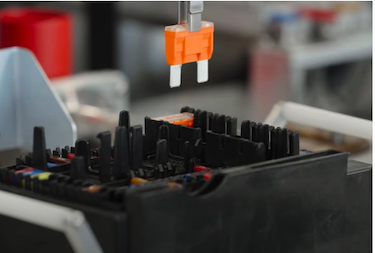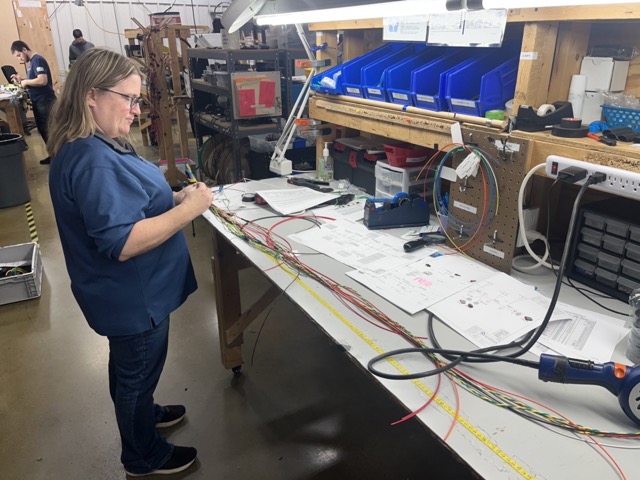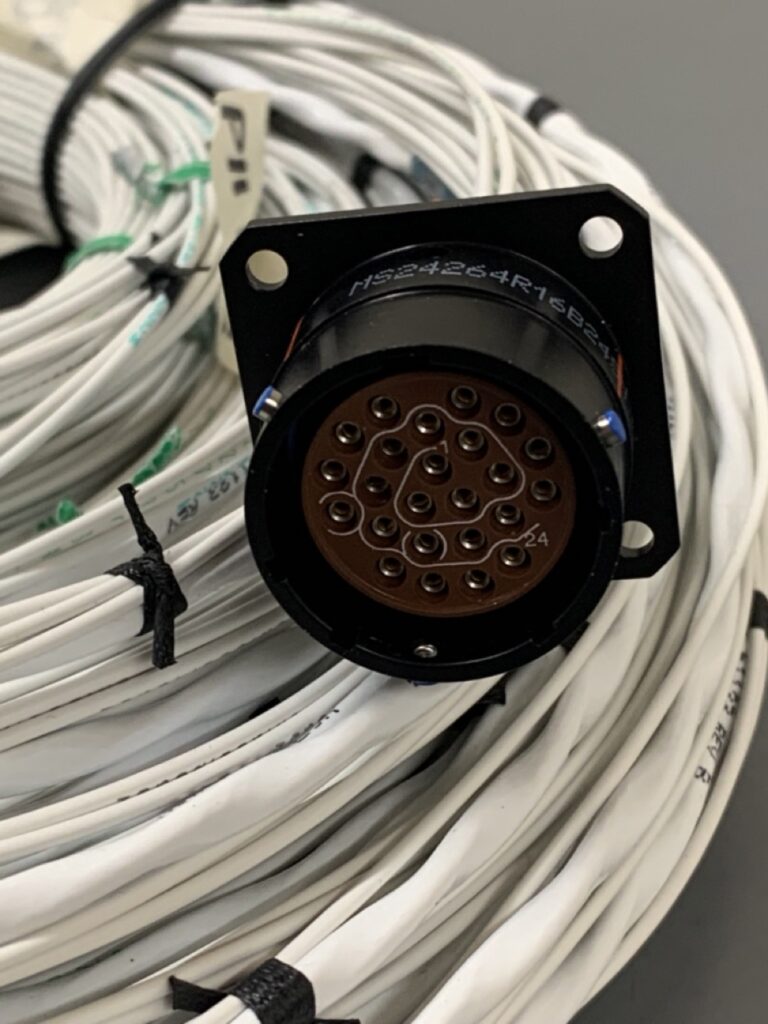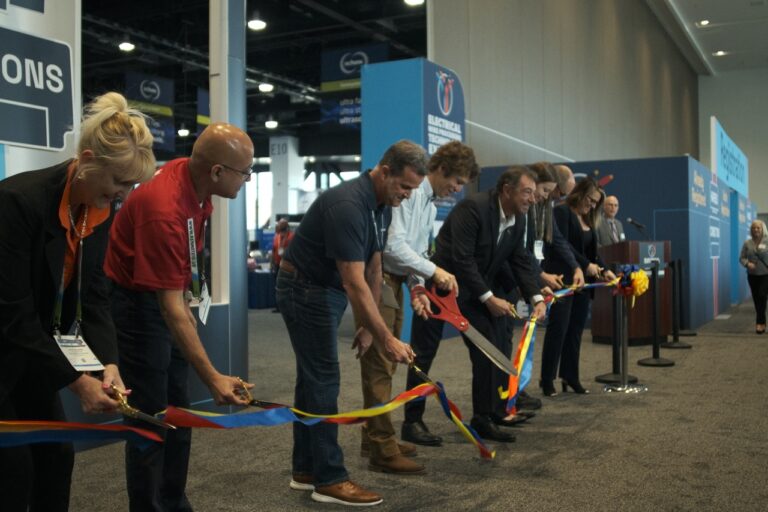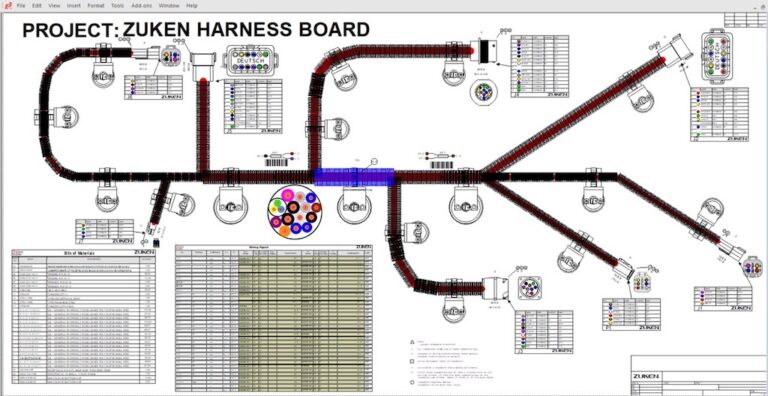By Paul Hogendoorn
For Engineer to Order manufacturing operations, visibility and accountability to target dates are as important in the engineering department and stages of the project as it is in production. In the production side of things, the status of jobs is self-evident, but that’s frequently not the case with the engineering parts of the project.
Delays or missed deadlines in engineering results in production getting a bad or late start, and most of this is avoidable with a simple dashboard visible to all, that includes target completion dates for all the stages from design, customer sign-off, manufacturing drawings, through production stages and all the way to the “as built” drawings. Failing to make all the target dates (including engineering stages) visible and obvious to everyone inevitably results in failing to meet target dates, period.
In many “E to O” manufacturers I visit, there are engineering managers and production managers, and in larger organizations, there may also be project managers. In smaller organizations the role of project manager frequently defers to the company owner, or to the person that made the sale and is the primary project ‘driver’ – the person that wants to see the product or project delivered on time so they don’t have to deal with a grumpy or unhappy customer later.
Visibility and accountability only happens in weekly update meetings involving engineering, production, management and sometimes the salesperson. These meetings are supposed to keep the project on track, but in reality, most of the time spent in these meetings is spent on explaining why certain things didn’t happen or weren’t completed when they were supposed to have been, and targets for the uncompleted tasks are pushed out another week, where it is likely they will be pushed out again.
On the production floor, there is a natural urgency that builds day by day if a project stalls, but in engineering, the urgency is only evident and visible in the weekly update meetings.
It’s not that the engineering department isn’t busy or working hard, or spending their time ‘productively’ (ie. doing engineering work on the projects); most of the time that I’ve observed a chronic failure to deliver on time is due to one of two causes: the first is not working on the right project at the right time, and second is spending far more time than planned working on elements of a project.
The easy remedy for both of these things is a simple dashboard that lists the projects underway with milestones, or ‘weigh points’ (to borrow a mariner’s common navigation term), to make sure each project is arriving at the appropriate ‘weigh points’ on time. Failure to arrive at a predicted weigh point is an early indicator that the end point of the project won’t be reached on target either.
Dashboards do three things: the first is they help people in engineering focus on what they need to be doing right now; the second is they help engineering team understand the cascading effect of their efforts and how it affects every other department; and the third is as an early warning system that allows changes and adjustments to be made to either get back on track, or avoid additional and compounding delays.
Dashboards don’t have to be difficult, cumbersome, or part of an expensive end to end business or project management system. In fact, they can be simple, inexpensive and easy to deploy. For an example, checkout Dashboard | TPI-3 at https://www.tpi-3.ca/dashboard. It has a spreadsheet-like feel that engineers and manufacturing people will feel comfortable with and can be up and running in less than an hour. Plus, its very inexpensive, and brings visibility and accountability to whole team right away.

Perhaps you have an ERP or project management software that has tools built in, but aren’t yet using them effectively, or they’re not really visible and understandable to all. If they’re not those two things (visible and understandable), they won’t drive accountability, nor are they likely to they cause any change of personal, team, or company behavior.
Without accountability and visibility, it becomes a repeating cycle of late deliveries, increased overtime and stress to keep customers happy (or less unhappy), which often affects the on-time start of the next project. And so it continues. Profit is lost on every job that is late, capital is tied up longer than necessary, people are stressed and feel overworked, and overall production capacity is diminished.
Effective Dashboards have immediate and lasting effect. They inform people, engage people, and keep everyone on the same page. To continue your investigation on this topic, don’t forget to check out Dashboard | TPI-3, (send us a note and we will walk you through it). https://www.tpi-3.ca/dashboard





























